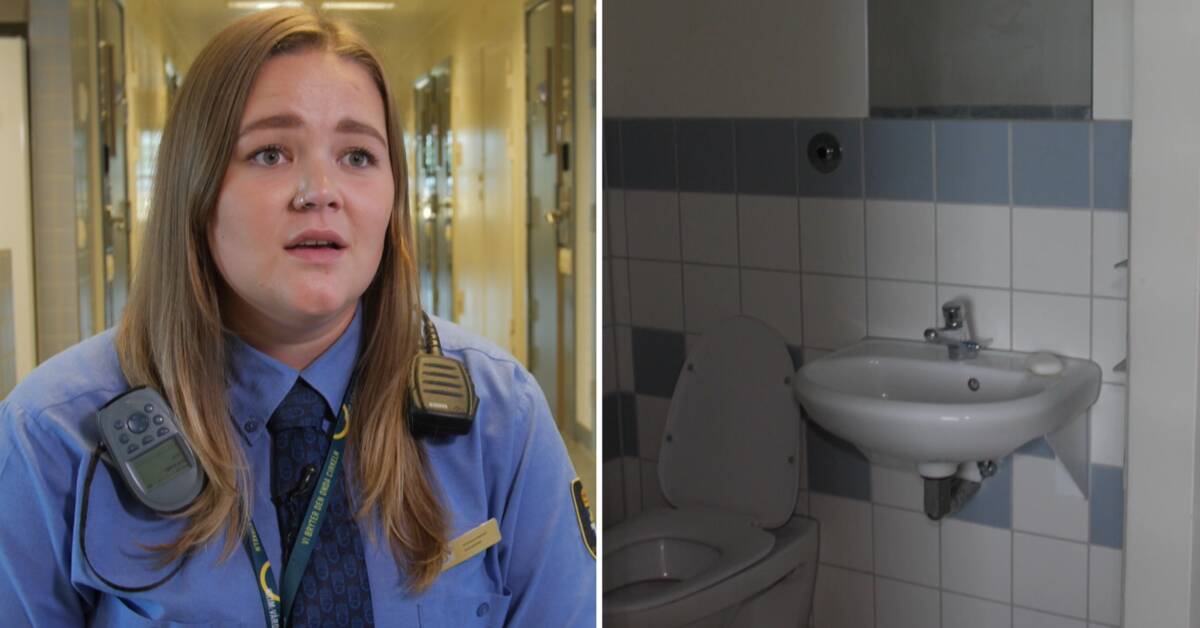In recent years, the Correctional Service has seen a large increase in the number of inmates in prisons and detention centers.
Although several new institutions are being built, it takes time and there have already been delays.
Therefore, the authority may expand the institutions that already exist and force some of the inmates to share cells.
- It is basically full in the detention centers and institutions.
The fact that we can cope with the situation at all right now depends to a large extent on the fact that we are double staffing and we have to find another 400 places like this in 2022, says Martin Holmgren, Director General of the Correctional Service.
According to the authority, the increased supply of inmates is due to the stricter and harsher punishments but also to the efforts of the justice system, such as courts and the police.
But now Martin Holmgren is concerned about whether the Correctional Service will be able to create places at the pace that may be needed in the future.
- The pace is so fast, there are so many reforms like this, so I see an increased concern that we, together with the legislator, do not really have control over what these criminal policy reforms will mean in total, says Martin Holmgren.
More incidents at Kumla
At Kumlaanstalsten outside Örebro, cells have been double-coated since autumn 2019, and in recent years incidents between inmates and staff have increased.
This is shown by figures produced by SVT.
- It's getting more crowded and they are more on top of each other, so of course it creates frustration and irritation.
So it is very often that the incidents are based on double occupancy, says Michelle Ekberg Andersson, correctional officer at Kumla prison.
- They will be placed together with someone they have not chosen to live with.
We have the same building which is made for 60 inmates but now we have 84 people here.
So it's a challenge every day and our workload has increased radically since then, says Michelle Ekeberg Andersson.

